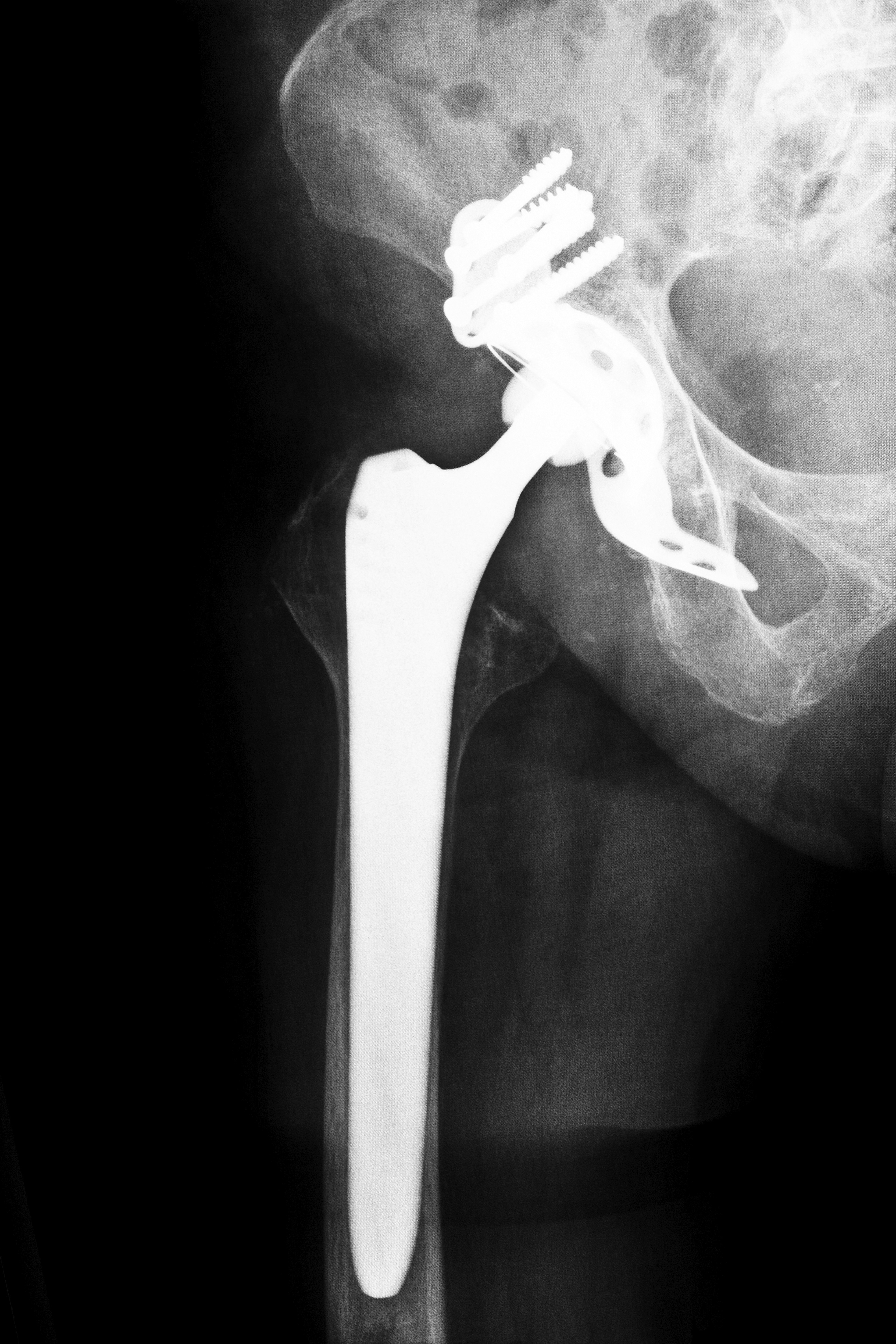 As the baby boomer generation ages, hip implant procedures are becoming more common across the country. In a hip implantation surgery, a surgeon takes out the damaged or arthritic joint and exchanges it with an artificial device. The types of hip replacements implanted and the specific materials of the devices will vary based on several aspects such as the patient’s age and activity level of the patient as well as the surgeon’s preference for one type of implant over another.
As the baby boomer generation ages, hip implant procedures are becoming more common across the country. In a hip implantation surgery, a surgeon takes out the damaged or arthritic joint and exchanges it with an artificial device. The types of hip replacements implanted and the specific materials of the devices will vary based on several aspects such as the patient’s age and activity level of the patient as well as the surgeon’s preference for one type of implant over another.
The Most Common Types of Hip Replacements
Metal-on-metal hip replacement devices are typically made of stainless steel, titanium and/or cobalt chrome. These types of hip replacements are typically inserted into younger patients who may have more active lifestyles than older individuals. Metal-on-metal devices can accept larger bearings and may be less prone to wear than other types of hip replacements.
Metal and plastic hip implants are the most commonly used types of hip replacements in the U.S. A surgeon replaces the ball and socket of the hip joint with a metal prosthesis, and he or she then inserts a plastic polyethylene spacer between the two components.
The U.S. Food and Drug Administration first approved ceramic-on-metal hip implants in 2011. These devices are made of a ceramic femoral head and a metal acetabular cup. Similarly, the ceramic-on-ceramic hip devices are comprised of all-ceramic parts and were first introduced in the early 1980s before recently receiving FDA approval.
Dangers of Hip Implants
According to several experts in the medical community, not every patient can be fitted with all type of hip replacements and expect a positive outcome. A patient’s physician should make the decision based on his or her knowledge about the technology used to create the device, how the implant faired in laboratory testing and following clinical use trials as well as potential drawbacks or complications that could arise following implantation.
While thousands of patients have been fitted with these implants and suffered little to no problems, others in Oklahoma may consider seeking legal counsel if they experienced one or more of the following complications:
- Early device failure
- Limited mobility
- Metal toxicity
- Damaged tissues and joints
- Neurological damage
- Swelling
- Discomfort
- Pain
- Difficulty walking
- Dislocation
- Infection
- Bone fractures
In many cases, patients were allegedly required to undergo revision procedures to remove or fix the affected device after suffering from additional complications and side effects. However, according to some plaintiffs pursing claims against the manufacturers of certain types of hip replacements, the removal procedures were just as painful and caused additional complications from which they may never recover.
Pending Hip Replacement Lawsuits
According to court documents, several manufacturers are currently facing lawsuits from plaintiffs who have allegedly experienced complications after they were fitted with metal-on-metal hip implants. Most recently, DePuy Orthopaedics has agreed to a $2.5 billion settlement to resolve more than 8,000 pending lawsuits pertaining to the company’s ASR implant. Another company, Stryker Orthopedics, reached a settlement in December 2013 to resolve the first of hundreds of claims regarding the ABG II and Rejuvenate modular-neck hip stems.
Other manufacturers have been named in litigation including Biomet, Zimmer, Biomet and Smith & Nephew. If you have been fitted with a metal-on-metal hip implant and you feel as though you have a case, contact an attorney in Oklahoma to learn more about your legal rights.
Contact Attorney Group for Oklahoma Today
Those who have been injured in Oklahoma or suffered from complications due to a metal-on-metal hip implant may have legal recourse. To learn more about the types of hip replacements involved in lawsuits and whether you are eligible to seek damages for your injuries, contact Attorney Group for Oklahoma. We can evaluate your case free of charge and connect you with an affiliated Oklahoma attorney who can assist you in pursuing your claim and help you seek the compensation to which you may be entitled.






